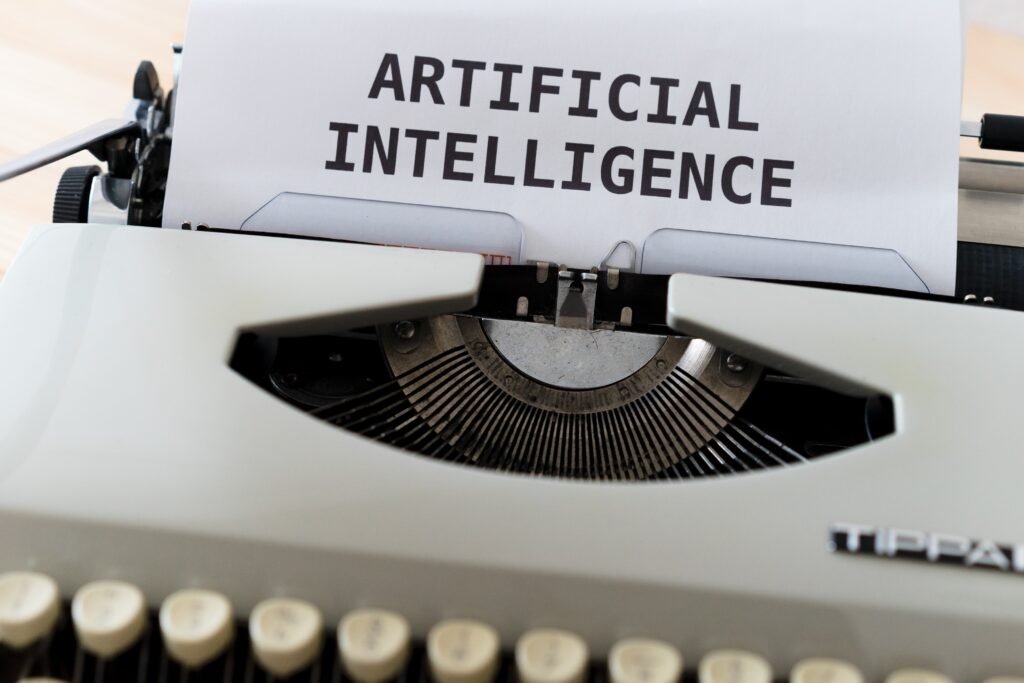ChatGPT, Midjourney, Sandbox – you name it. Artificial Intelligence (AI) has experienced incredible growth, especially in the last year. At this point, AI is easily accessible to everyone with a connection to the internet, so virtually every person around the globe. Not only does AI create entire texts out of nothing more but key words but also develops entire visual campaigns for marketing purposes. While that may sound tempting to use in the industry to improve efficiency, AI also poses a threat to many creative fields. The transformation AI has started amongst all industries also affects local journalism, a field that is supposed to be informative and objective.
Help with Datasets
AI in local journalism offers several advantages that streamline news reporting and enhance audience engagement. For instance, AI-powered tools can automate routine news tasks, such as weather updates and sports scores, freeing journalists to focus on in-depth reporting and investigations that demand human creativity and critical thinking. Additionally, AI algorithms can analyze vast datasets to identify trends and patterns that might have gone unnoticed through traditional methods.
This data-driven approach helps journalists deliver more insightful and relevant stories to their local audiences. AI-based recommendation systems further enable local news outlets to offer personalized content to readers, enhancing user experience and encouraging a deeper connection with the news source. Moreover, AI tools can aid in fact-checking and verifying information, helping local journalists deliver accurate and reliable news while safeguarding the credibility of local reporting.
Challenges for journalistic work
Despite its benefits, AI in local journalism poses significant challenges that require careful consideration. Job displacement is one such concern, as AI’s automation of newsroom tasks may lead to potential job losses for journalists and support staff. Striking a balance between efficiency gains through AI and preserving human expertise in storytelling and community engagement becomes crucial. Additionally, algorithmic bias is a pressing issue to address, as AI algorithms may inadvertently perpetuate biases present in the data they are trained on, resulting in biased news coverage that affects local communities and exacerbates societal inequalities.

Moreover, the rise of AI-powered content aggregators and social media platforms could overshadow local news outlets, potentially reducing diversity in local news sources and hindering the representation of diverse perspectives within a community. Lastly, AI technology’s ability to create convincing deepfake videos and misleading content poses a risk to the authenticity of local news, demanding vigilance from journalists in combating misinformation and ensuring the accuracy of their reporting.
Responsible Approach Necessary
To harness AI’s potential while addressing its challenges, local journalists must adopt a a responsible approach to its implementation. AI should be viewed as a tool to complement their work rather than replace it entirely. By leveraging AI’s data-driven insights, local journalists can deliver hyper-local content that resonates with their communities, fostering a stronger connection with their audience. Transparency in algorithmic decision-making is essential, as local news outlets should openly discuss how AI algorithms curate and prioritize news content to build trust with readers and address concerns about algorithmic bias.
